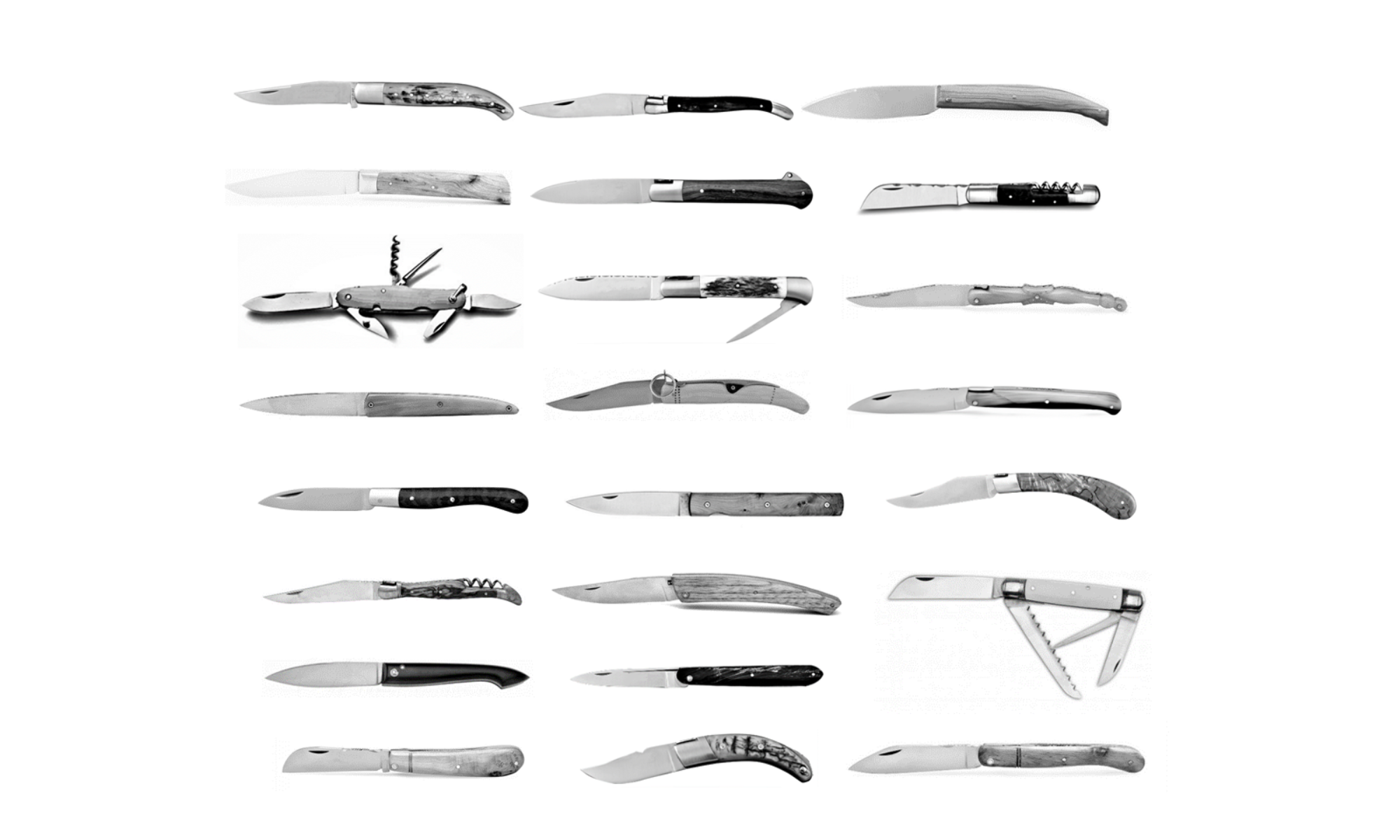
All the wood handled friction folders, like Opinel, Capucin or even Nontron might have the blade stuck in the handle.


Wood is a living material and change in humidity or temperature might make it swell, or even dirt can be stuck in the mechanism.


The “coup du savoyard” or Savoyard’s hit or tap is a simple technic to get it free, it is mainly used for Opinels (hence the Savoyard name) and it is even part of the quality checks at the end of manufacturing.
It is a technic known since the first Opinel (maybe before?) and the best way to get the blade free without damaging the knife like by trying to pry on the nail nick.

-For a recent Opinel, make sure that the lock ring is open (!!!)
-Hold the knife by the axis side
-Tap the other end on a hard surface. The best would be a wooden table, avoid any uneven or hard surface that would damage the handle, like concrete for example. Avoid also fragile surface like a glass table of course.
The blade should move a little, enough to be able to open it.





If it is still stuck, you can apply a bit of oil on the axis.
Now, the best way to avoid using that Savoyard’s tap is to take good care of the knife, always wipe the blade after use and store it in a dry place.

Find Opinel and Montpellier knives on http://knives-of-france.com






















